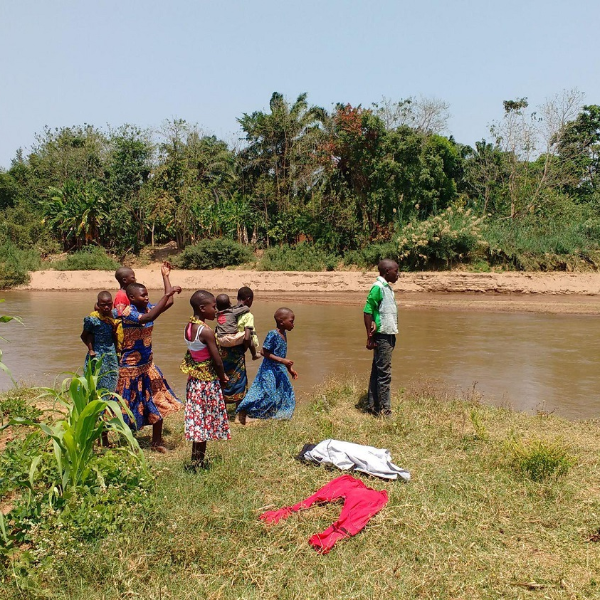Songwe River Basin management

Songwe River Basin management
In September 2017, Witteveen+Bos started an integrated water and natural resources management project for the African Development Bank. The project focuses on the Songwe River Basin in Malawi and Tanzania. Although the river is the formal border between these two countries, its river bed is not fixed. Its 4,200 km2 catchment area is home to approximately 400,000 people, important agricultural areas located mainly on the flood plains, and two forested regions in the upper catchment. In addition, the river flows into Lake Malawi, providing a much-needed supply of fresh water and migration routes for fish. Due to population increase, changes in land use, climate change and other factors, the Songwe catchment area is threatened by environmental degradation.
The objective of the project is to enhance basin protection, help local residents earn a livelihood, and support integrated water resources management through improved transboundary cooperation and sustained ecosystem services. The project consists of four components:
- Enhancing transboundary management and institutional capacity
- Improving early warning, disaster risk management and monitoring measures
- Community-based demonstrations in Integrated Natural Resources Management (INRM) and conservation
- Knowledge, monitoring and evaluation.
Witteveen+Bos is responsible for the project design and the proposal for long-term project funding to be provided by the Global Environment Facility (GEF). The project will be jointly implemented by the United Republic of Tanzania and the Republic of Malawi through the Interim Secretariat of the Songwe River Basin Commission. Stakeholder support and institutional implementation are therefore key aspects: ensuring the commitment of both governments, a capable River Basin committee with a clear mandate, and strong support from local communities. The GEF-funded project is part of the wider Songwe River Basin Development Programme, which aims to support sustainable socioeconomic growth and poverty alleviation in the entire basin.